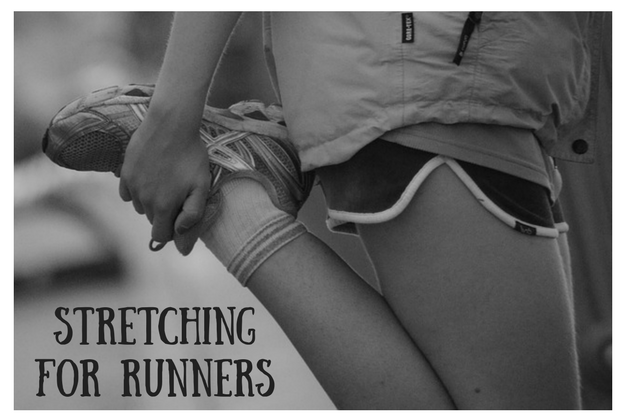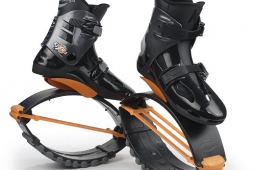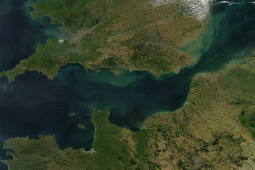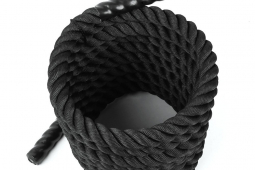Stretching For Runners

A Quick Guide to Stretching Your Leg Muscles
Stretching for runners is often a controversial subject in the world of exercise. There is a lot of information and misinformation out there. Some of you may stretch before exercise, while some of you may like to stretch after a run (usually both!). A significant number of runners believe stretching does more damage than good and skip it all together.
This page covers the basic stretches – and leaves the controversy for another day. If you do have any concerns, then forums / specialist running trainers are the place to head.
Most professionals agree that you should never over-stretch cold muscles. This is where damage can be done. It is certainly good to stretch after exercise, your body will be warm and loose and this is where you can get the benefits of stretching like increased flexibility and shorter recovery time.
If you are insistent on stretching before you run then make sure you do it after a brisk walk or light jog. This will increase your body temperature and prepare the muscles for a light stretch.
The following stretches are popular for runners. Note that the videos I have included with each stretch are not associated with Fitness Review in any way. These are publicly available, and picked because I thought they are the best at explaining each running stretch!
Quadricep Stretch
Your quadriceps (quads) cover the majority of the front side of your leg. This is your entire front thigh. This is a huge muscle that will be worked extremely hard when running, even more so during inclines and declines, so be sure stretch your quads after every run. The stretch is very simple:
- Stand up straight and flick your left heel towards your bum
- Grab your heal with your left hand and pull your shin into your thigh
- Contract your pelvis and keep your knee pointing downwards
- Hold for 20-30 seconds and then switch legs
Hamstring Stretch
Your hamstring muscle makes up the rest of your thigh and is basically directly behind your quads. This is a muscle that can easily be pulled or feel tight and painful after a long and/or hard run, so stretching it is essential.
A tight hamstring can lead to back problems as well as effecting your running stride and form. Stretching will improve flexibility and prevent this from happening.
There are many different hamstring exercises, below is one of my favourites:
- Lie flat on your back with your legs straight
- Keep your hips level and your back on the ground
- Pull your right knee into your chest
- Extend your right leg straight in the air
- Place both hands on your right leg to aid you
- You can reduce the strain of this stretch by keeping the right leg slightly bent
- Hold the stretch for 20-30 seconds before switching sides.
Calf Stretch
The calf is the muscle directly behind your shin bone and is especially important for runners. A strong and flexible calf can help increase your stride and speed when running. Loose calf muscles can also take some of the strain away from your shins when running, which will help prevent shin splints (A very painful and common running injury).
There are many different calf stretches, but start with this very simple one:
- Stand facing a wall and place both hands on the wall in front of you palms flat and elbows slightly bent
- Slide your left foot backwards, keeping both feet flat on the floor and straightening your arms
- You will feel the stretch in your left leg
- Increase the distance between your feet to increase the intensity of the stretch
- Increase this distance slowly so that you don’t damage your muscle and make sure your feet stay flat on the ground.
- Hold the stretch for 20-30 seconds before switching sides.
Iliotibial Band Stretch
The iliotibial band, which is more commonly referred to as the IT band is part of a muscle that runs along the outside of the knee and hips. This is a very important muscle for runners and beginners in particular.
Injury can occur from overuse, usually if runners do not give themselves enough time to recover or often with beginners doing too much too soon.
Try the below stretch after running to avoid injury:
- Stand near a wall or something you can use for balance if necessary
- Cross your left ankle behind your right ankle and keep your legs straight
- Use your right arm for balance and stretch your left arm over your head
- Lean forward slightly and reach toward your right side
- Hold for 30 seconds or more before switching sides
If you are especially stiff then you may need to perform this stretch a couple of times before you can really feel it working, so be sure to hold for at least 30 seconds and perform the stretch multiple times if necessary.
Mix It Up
These are some of the main muscles that should be stretched after running, but they are many more, so if you have more time then try incorporating more stretches that target other muscle groups.
To stop things becoming tedious and keep your body guessing you can use different stretches for all muscles, so be sure to mix things up on occasion. This has two benefits, firstly a different stretch will have a slightly different effect on each muscle and changing things up will also stop it becoming so tedious for you.
Many runners follow up their post-run stretches with a session on a foam roller. This helps to massage those tired muscles as well as stretch them.
Whether you are running a marathon or going for a jog on a home treadmill, make sure you seek the advice of a professional before going ahead with any stretching routine or change in your fitness plans!
More Fitness Guides:


